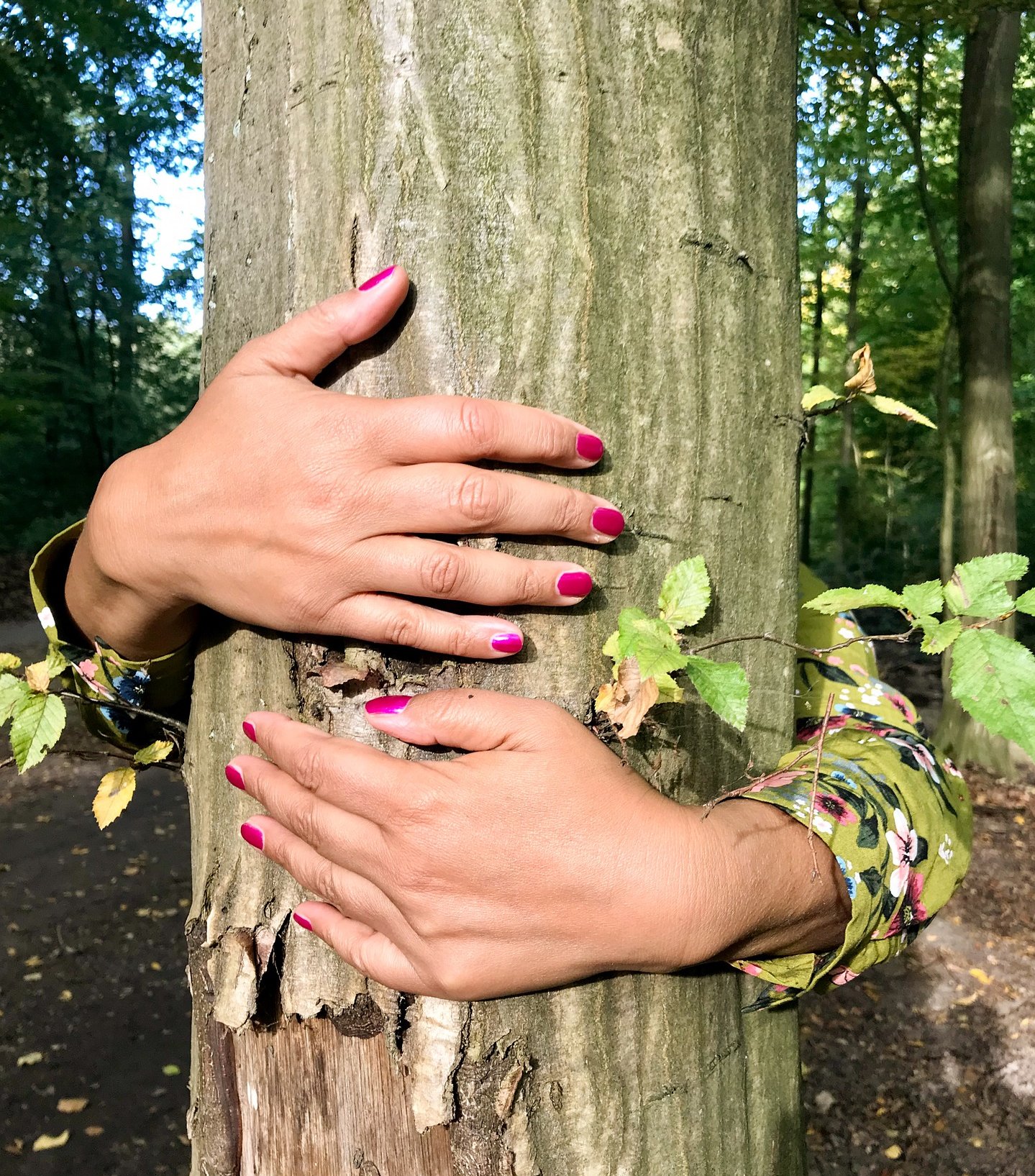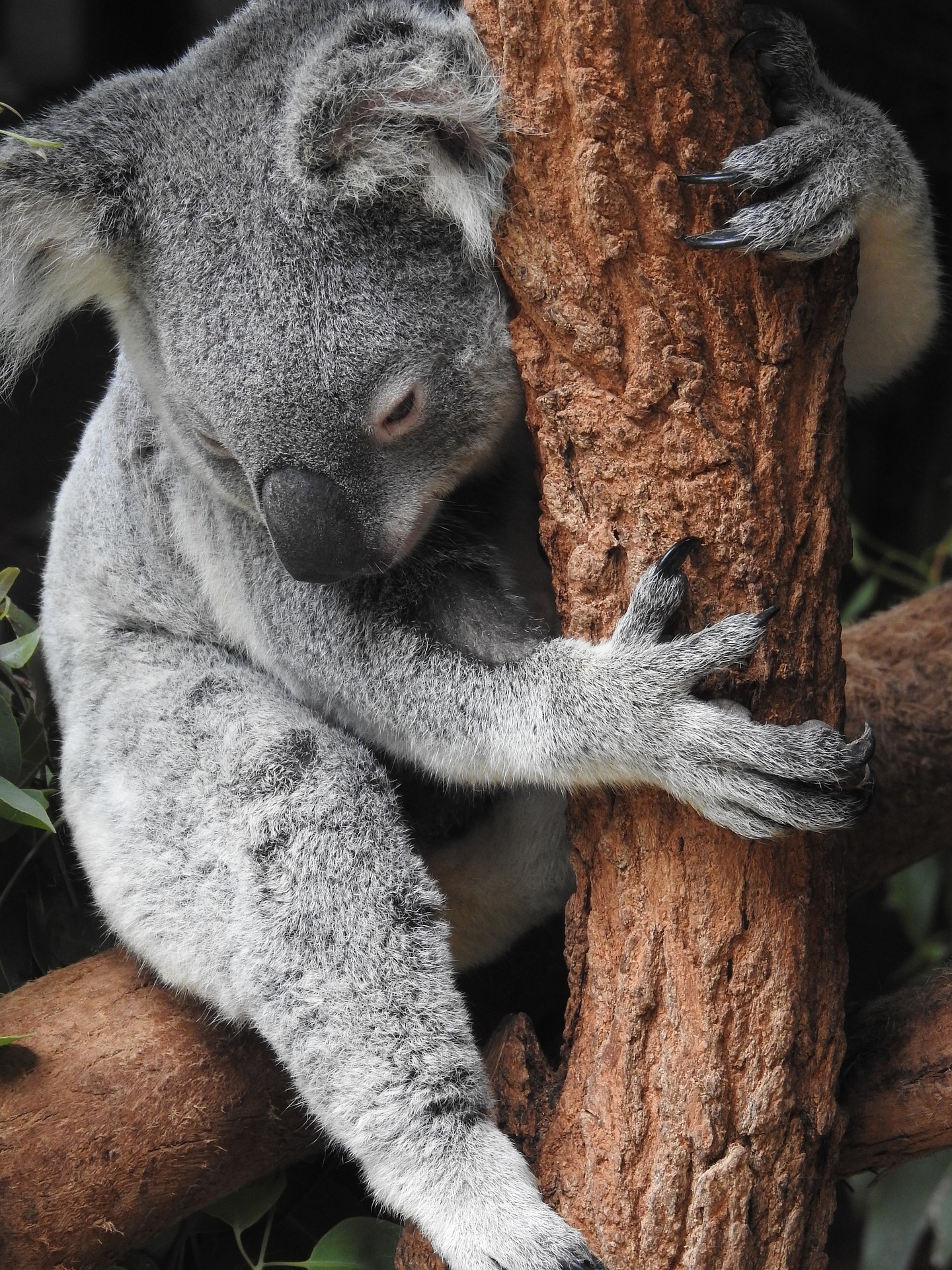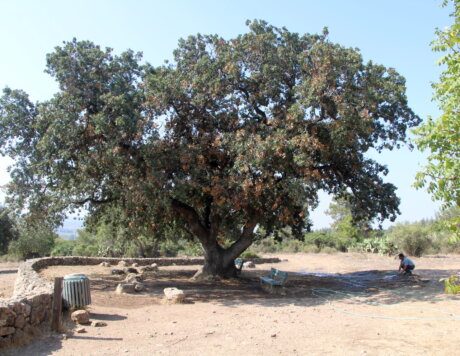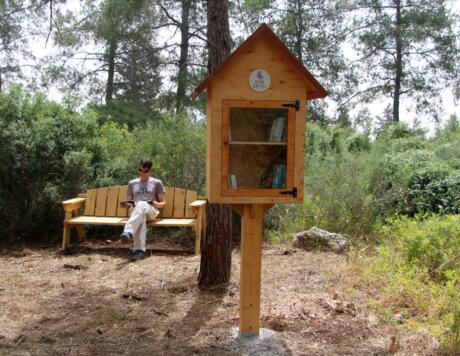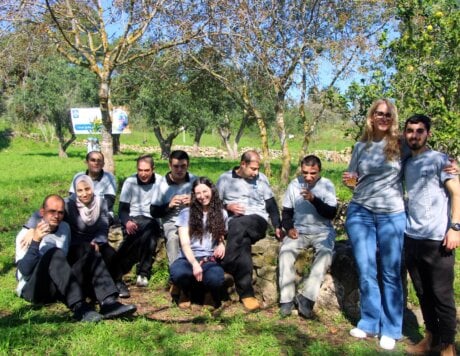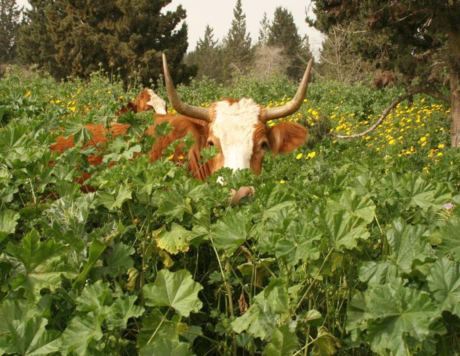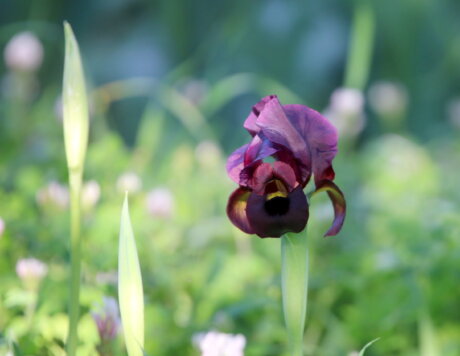The Minister for Environmental Protection, Gilad Arden, used to describe the change occurring with regard to environmental issues with the following words: ‘Tree-huggers no longer’ (2011).
The introduction to a publication by the Heschel Center dealing with ‘environmental thinking’: ‘Those who desire to take nature seriously are considered ‘tree-huggers’ who prefer insects over humans and their really important problems’.
The director of the regional unit for environmental quality asks: ‘Are the employees of the environmental units… considered ‘tree-huggers’ who hinder development, or an essential factor influencing the quality of life of the residents?’ The year: 2015.
More and more it seems that activists for environmental quality are adopting the term ‘tree-huggers’ as a brand and symbol of the battle.
‘In the past, tree-huggers were considered weird people crazy about the environment; today the Ministry of Agriculture and the Da-Gan Center are launching a special project in preschools: ‘Hug a Tree – Preschool Children Acting for Trees’ (Epoch Times in Hebrew, 2011).
The members of ‘The Green Network’: ‘We’re tree-huggers and proud of it!’
Here’s a zoological anecdote to end with. The oldest tree-hugger in nature is the koala, that Australian animal that customarily hugs trees. Researchers claim the reason is that in the heavy heat of the Australian summer, the tree, whose temperature is far lower than that of the air, serves as a source of cooling for the koala. One of the researchers recounts: ‘If we had thermal vision, we would be able to see the koalas sitting on the coolest part of the trunk, while their backside is located at exactly the coolest point.’


